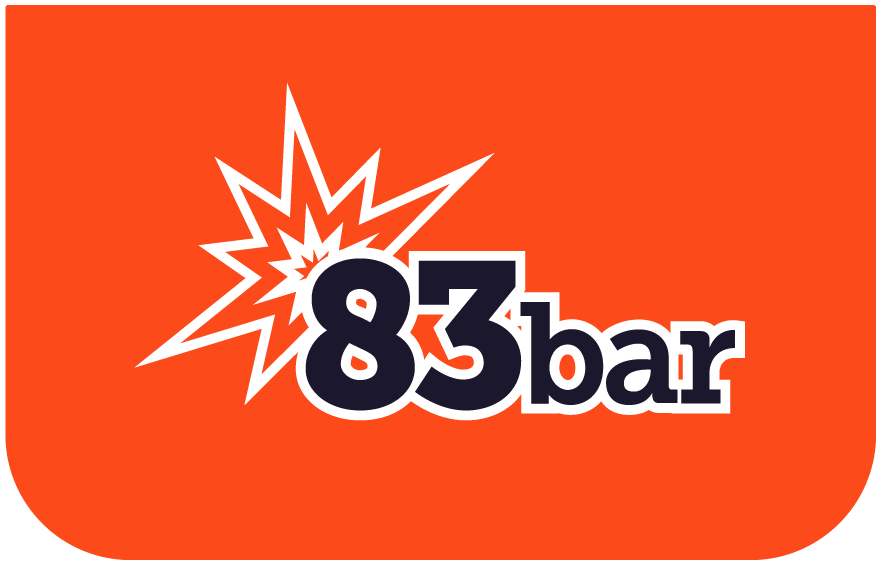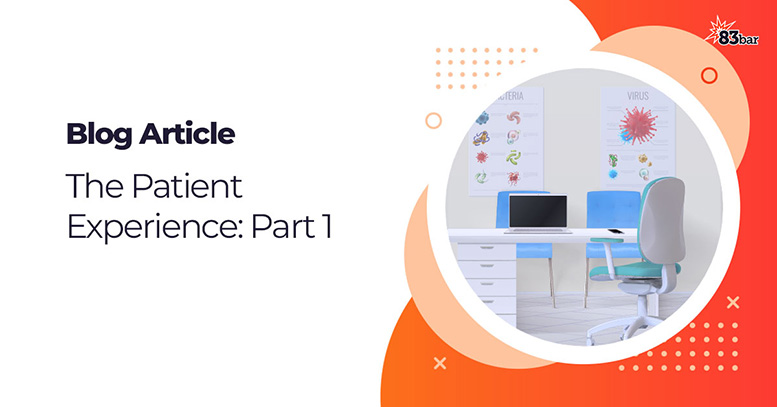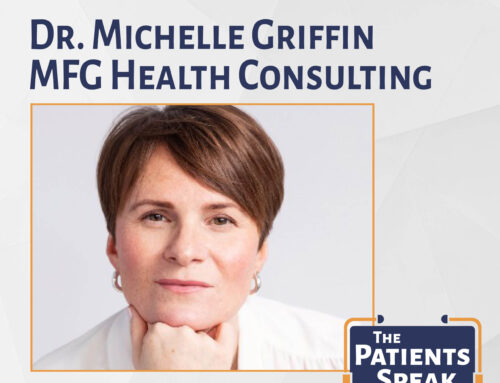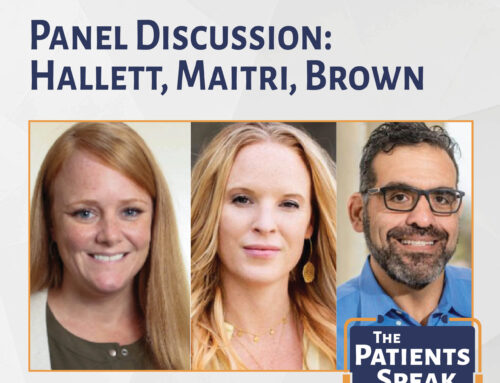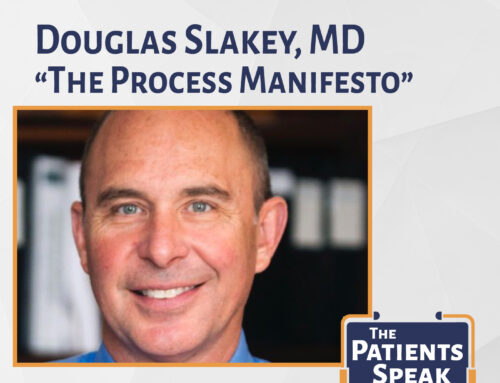Part 1: Old vs. new: Where is health care heading?
When you boil down the vast majority of patient concerns to their very essence, these two facts quickly surface:
- The patient wants to be heard and understood.
- The patient wants answers and relief.
This may seem simplistic, but when you consider how much the healthcare industry has changed in the last 10 to 15 years (let alone the last two years with COVID), you can quickly see how the balance of power is beginning to shift.
The ‘good old days’ of provider-patient interaction?
The days of having decades-long relationships with one or two healthcare providers are passing quickly. Your doctor knowing you very well and you knowing and trusting him or her unquestionably are much less likely today. What’s more, the roles of the doctor as the infallible giver of information/instructions and the patient as the passive receiver are also becoming things of the past.
Why is healthcare changing?
- Our mobile society. Relationships with providers often fall by the wayside as healthcare consumers move. Although the residential mobility rates in the United States have gone down over the years, the American Community Survey (ACS) reported in 2020, “For the past five years, just over 40 million Americans moved each year. That calculates to about 13 percent of Americans moving each year.”1
- Our convenience-driven culture. While many patients still have a primary care provider (PCP), an increasing number feel time pressured and look for a quicker way to get their healthcare needs met. According to a 2016 survey conducted by NPR, the Robert Wood Johnson Foundation and the Harvard T.H. Chan School of Public Health, “most people [who] reported going to urgent care [said they did so] because they believe it is more convenient and takes less time than going to their regular doctor.”2
- The increasing role of the Internet in patients’ lives and health care.
- For good or ill, more healthcare consumers are online. The Pew Research Center started tracking Americans’ internet usage in early 2000. At that time “about half of all adults were already online. Today, 93% of American adults use the internet.”3
- In addition, more healthcare consumers are using the Internet to find health information. A 2019 study found that “76.9% of the participants used the Internet for health purposes. The role of the Internet as a source of health information has increased, which corresponds to a growing interest in online health services.”4
- Many healthcare consumers turn to the Internet because they feel their doctor doesn’t provide the information they need or doesn’t provide it clearly. Per a 2021 study sponsored by the American Health Information Management Association Foundation, “Three in four Americans leave the doctor confused and dissatisfied for reasons that include disappointment in the level of Q&A they have with their doctor, confusion about their health and a need to do more research.”5
-
Increase in educational attainment in the United States.
With rising education levels, people are more likely to want to better
understand their own health issues.6
*People age 25 or older
Level of Education
Completion*2011 2021 High School 87.6% 91.1% Associate Degree 9.5% 10.5% Bachelor’s Degree 30.4% 37.9%
Given these changes, a growing number of patients feel the need to take a more active role in their own health care. But how does this happen and what are the pitfalls? In our next issue, we’ll explore the patient’s journey today and why it’s incumbent on us to help patients better understand their health conditions and what their options are.
In the next issue… The Patient Experience, Part 2: The patient journey today.
References
- 1 Frost, Riordan, Harvard Joint Center for Housing Studies, May 2020, Blog: Who is moving and why?
- 2 Neighmond, Patti, NPR, March 2016, Can’t Get In To See Your Doctor? Many Patients Turn To Urgent Care
- 3 https://www.pewresearch.org/internet/fact-sheet/internet-broadband/
- 4 Bujnowska-Fedak, M.M., Waligóra, J., Mastalerz-Migas, A. (2019). The Internet as a Source of Health Information and Services. In: Pokorski, M. (eds) Advancements and Innovations in Health Sciences. Advances in Experimental Medicine and Biology(), vol 1211. Springer, Cham. https://doi.org/10.1007/5584_2019_396
- 5 Gliadkovskaya, Anastassia, Fierce Healthcare, October 2021, Patients doing more of their own research online, often leaving doctor’s office with questions
- 6 New Educational Attainment Data , Census Bureau, 2021
